 |
 |
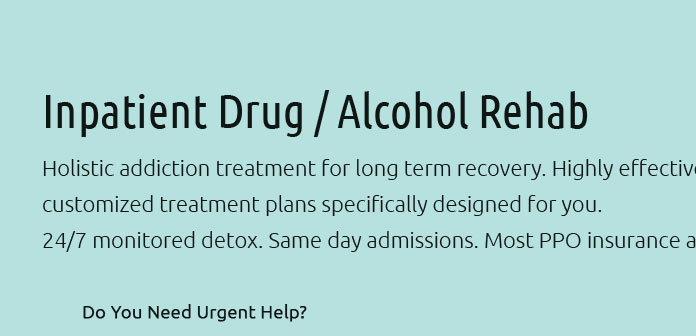 |
 |
 |
 |
||
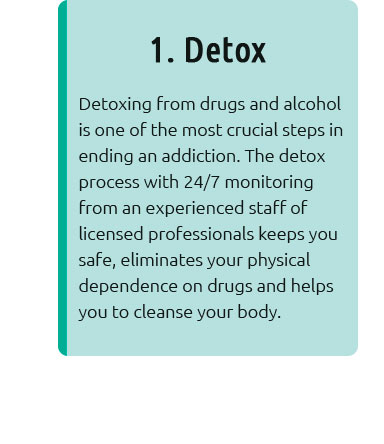 |
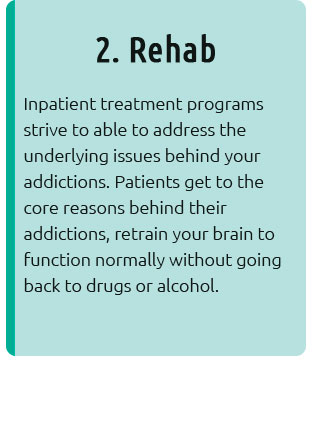 |
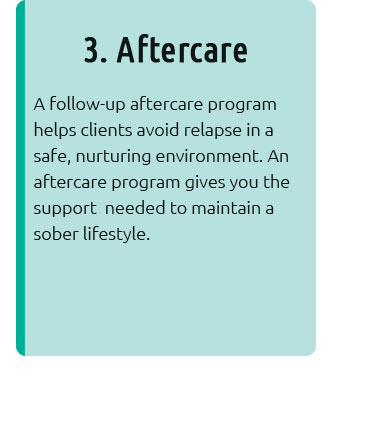 |
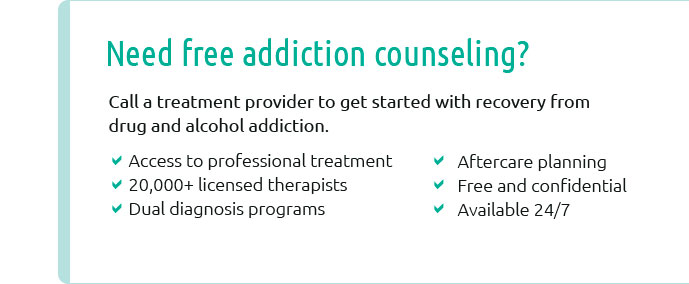 |
 |
 |
 |
||
 |
||
 |
||
 |
 |
 |
|
 |
|
Understanding 90-Day Treatment Centers: Expert Tips and AdviceIn the realm of addiction recovery, the concept of 90-day treatment centers stands out as a beacon of hope, offering a more immersive approach to rehabilitation. These facilities, often hailed for their comprehensive programs, provide individuals struggling with substance abuse a structured environment to embark on their journey towards sobriety. But what makes the 90-day model so effective, and why do many experts advocate for its adoption over shorter programs? Firstly, it’s important to understand the rationale behind the three-month duration. Studies have consistently shown that longer treatment durations correlate with better outcomes. The initial days of recovery can be particularly challenging, as the body begins to detoxify and adjust to the absence of substances. In a 90-day setting, individuals have the luxury of time to gradually acclimate to sobriety, minimizing the risk of premature discharge that often accompanies shorter programs. One might wonder, what does a typical day in a 90-day treatment center look like? These centers often employ a holistic approach, integrating varied therapeutic modalities to address the multifaceted nature of addiction.
Another significant advantage of the 90-day model is the opportunity for individuals to delve deeper into the underlying causes of their addiction. Often, substance abuse is a symptom of underlying psychological issues, such as trauma or depression. Extended treatment durations allow professionals to uncover these issues and work with individuals to develop coping mechanisms that do not rely on substances. However, despite the clear benefits, 90-day programs are not without their challenges. One of the most frequently cited concerns is cost. Longer stays inevitably mean higher expenses, which can be a barrier for many. Nonetheless, numerous centers offer sliding scale fees or financing options to alleviate the financial burden. Another common question pertains to the individual's life outside of the treatment center. Many worry about their professional responsibilities or familial obligations. It is crucial to communicate openly with employers and family members about the necessity of treatment. Some centers offer flexible visitation policies or remote working accommodations to address these concerns. In conclusion, while 90-day treatment centers may not be a panacea for everyone, they undeniably offer a robust framework for those committed to overcoming addiction. By prioritizing long-term recovery over quick fixes, these programs equip individuals with the tools and insights necessary to lead fulfilling, substance-free lives. For anyone considering this path, it is advisable to consult with healthcare professionals to determine the most appropriate course of action tailored to individual needs. https://www.phoenixrisingrecovery.com/programs/90-day-drug-rehab-programs/
Phoenix Rising Recovery offers 90 day drug rehab programs which are ideal for severe cases of drug addiction in Palm Springs, California. https://lagunatreatment.com/detox-hospital-california/60-day-rehab/
At Laguna Treatment Center in sunny Orange County, CA, we specialize in hospital-based medical detox and inpatient/residential programs. https://gracerecovery.com/90-day-rehab-programs-los-angeles/
Not just that, the longer term addiction treatment programs also helps prevent future drug or alcohol relapse. However, SAMHSA reported that ...
|